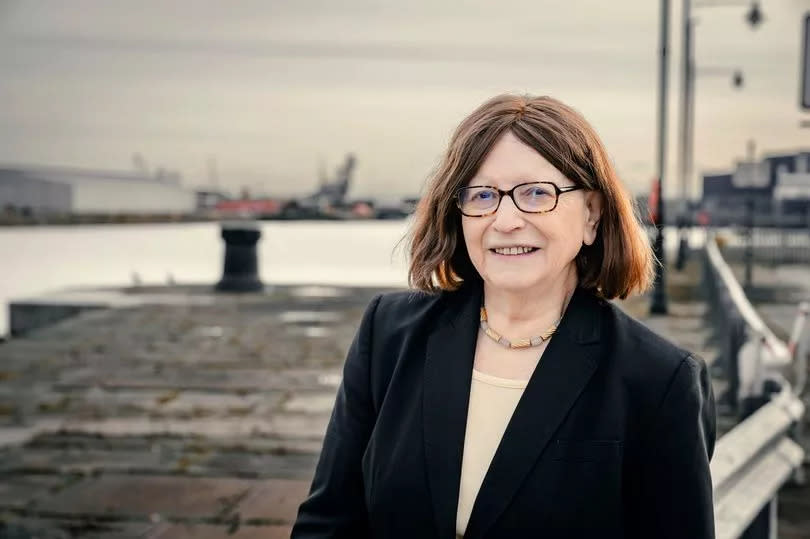Forth Green Freeport tax sites go live

The Forth Green Freeport has declared itself open for business, following approval from the Scottish and UK governments of its Outline Business Case and the designation of its tax sites in Grangemouth, Rosyth, Leith and Burntisland.
Focusing on the target sectors of offshore wind, hydrogen, sustainable fuels, modular manufacturing and logistics, the freeport aims to support the re-industrialisation of central Scotland.
Forecasts indicate that there is the potential to attract £7bn of private and public investment over the next decade, delivering gross value added of £8.4bn. This, in turn, could generate up to 38,350 jobs, with almost 19,000 of these being directly linked to the target sectors and tax sites.
Dame Susan Rice, chair of Forth Green Freeport, said: “This is an important time for the freeport, as we move through the business case development phase to delivery for Scotland.
“Through innovations in offshore wind manufacturing, assembly and commissioning, alongside innovative shipbuilding, modular assembly and hydrogen manufacture, the country’s net zero targets can be boosted by Forth Green Freeport.
“This is a long-term project and one which we know will deliver real benefits to the local communities through economic growth, skills re-training and training and access to high quality, green jobs.”
The potential of the freeport was highlighted by Vestas recently identifying the Port of Leith as a possible location for a wind turbine blade manufacturing facility.
The newly-confirmed investment incentives will only apply to businesses which commit to and deliver against a set of Investor Principles that will guide all landowners and developers.
This includes abiding by the Fair Work Charter, which prioritises the rights, wages and working conditions of employees. The principles also require businesses to buy into Forth Green Freeport’s net zero commitments.
Strong governance is also required, with a governing board with public and private sector members already established, comprising representatives from all consortium partners, elected members from all three local authorities and advisers from both the Scottish and UK governments. An invitation has also been extended to the Scottish Trades Union Council to have a worker representative on the board.
Rice added: “Strong governance is at the core of Forth Green Freeport as we focus sharply on ensuring that it operates to the highest standards.
“Workers’ rights will be protected, money will be spent wisely and all of the investors we attract to benefit from the incentives that the freeport offers will be as committed as we are to ensuring that the most significant beneficiaries from this long-term initiative are the people from the communities around the freeport.”
The Outline Business Case and tax sites were approved and designated today, allowing the Forth Green Freeport to become operational. The consortium is currently working through the Final Business Case, which develops the detail further and secures the seed capital funding linked to the freeport. This will be submitted for approval to the Scottish and UK governments later this summer.
The tax sites and a number of potential customs sites span 533 hectares in Grangemouth, Leith, Rosyth, Burntisland and Edinburgh Airport. This is a refinement of the overall area, following the inclusion of land owned by the Royal Navy in Rosyth (HMS Caledonia) and the joining of the Burntisland site with the Leith site to create the Mid-Forth tax site.
The consortium partners are: Babcock International Group, CalaChem, Edinburgh Airport, Falkirk Council (lead authority), Fife Council, Forth Ports, INEOS, Scarborough Muir Group, The City of Edinburgh Council and The Royal Navy.
Don't miss the latest headlines with our twice-daily newsletter - sign up here for free.

 Yahoo News
Yahoo News 
